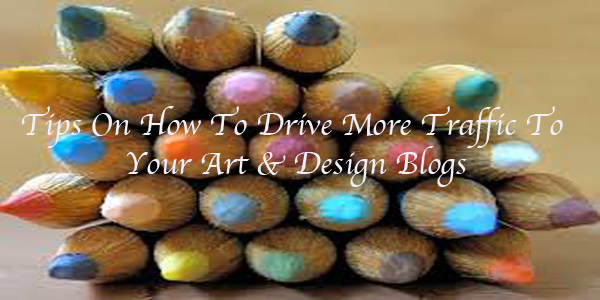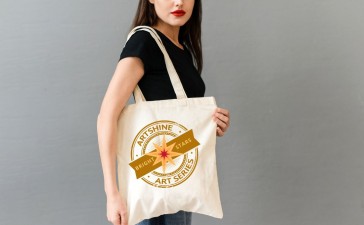As an artist or a designer there are many ways to promote your business and Art & Design practice online.
One of these methods, the one we’re discussing today is an Art & Design Blog.
Art & Design blogs can help you by delivering visitors via the search engines. But, to be frank, not every blog is search engine friendly. To see results you have to learn how to blog in a certain way.
The key is how to describe your Art & Design work for Google and other search engines.
Here’s some things to consider about search engines:
- Google and other search engines, like Yahoo or Bing sort and categorise by words and not images. That means it’s essential to use the most accurate words and relevant descriptions when you upload your images and discuss your Art & Design.
- If you’re just posting images of your artwork on your blog that’s not going to give Google search enough information to categorise and list that image. In order to increase search results for your blog and for your images you could consider:
Your Blog Title – Let’s say your title is “Sunflowers in the garden”.Now that’s a perfectly fine title, but what do you think someone doing a Google search will return when they type in the word “sunflowers”, or “garden”? And are they the target market for your work?
Remember too that Google can’t see your art, will read your title literally, and will assume that your blog post is actually about sunshine and gardens.
So, to really tap into the power of a search engine you need to use keys words. That’s why your blog title is so very important, and why you need to consider the choice of headline carefully and ensure it’s relevant to your Art & Design.
So how could you title your blog post?
Think about using words in your that completely explain your art.
Have a look at all those potential keywords that will help visitors find your artwork. Perhaps they’ll be searching for sunflowers art,” or “yellow & green artwork,” or “acrylic paintings of flowers” – all of those might bring up your blog post.
“New Acrylic painting of Sunflowers in the garden. Yellow and Green colour Artwork .”
Yes, we know the title is long, but it works just fine.
Your blog’s body – Start to think about some of the specifics that you wouldn’t necessarily write about. Things like medium you use, the size of the painting. Think of how you describe the painting… theme, colour and texture etc.
We’d suggest that you write at least 3 solid paragraphs in the body of the post, either describing your artwork, comparing it to other art, or even talking about other complimentary artists. Writing more always gives the search engines a better idea of what’s on your page, as long as the post is relevant to your title and everything else.
Image description – The next step is adding key descriptions to the images. Remember those Art book back in high school? They featured artwork with description like this:
- Title: Vase with 15 Sunflowers
- Artist: Vincent Van Gogh
- Period: Impressionism 1888
- Dimension: 95cm x 74cm
- Location: Museum in Amsterdam
Keywords – we‘ve posted about keywords before, so please check it out. Remember, search engines don’t know it’s art that you’re talking about.
Stick to the point – Keep your blog relevant and to the point
So the next time your blog about your art or your design make sure you focus on the five areas we have just discussed and to increase your chances of getting search by Google or other search engines, keep your blog relevant, clear and precise. Your efforts will pay off and you will see increase of your chances for organic traffic to your blog.
So happy blogging your art & design





